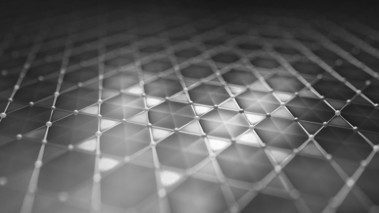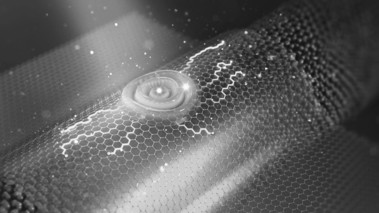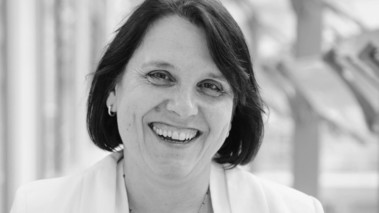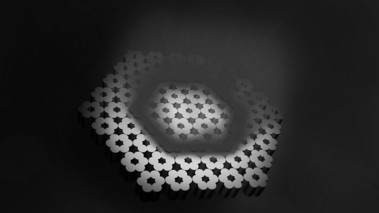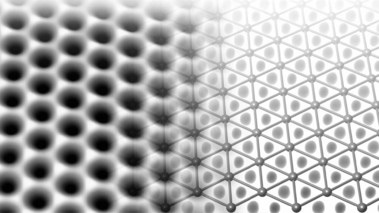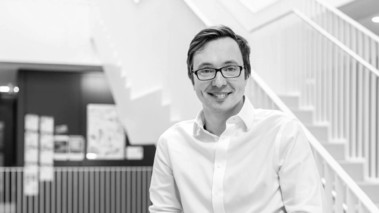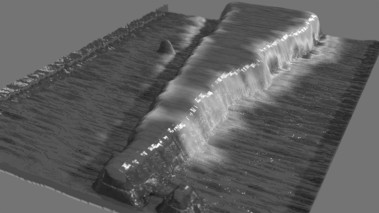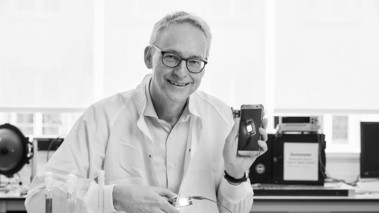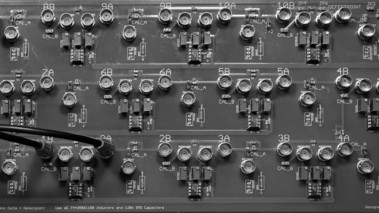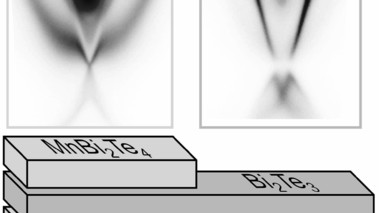News
-
![Kagome-Metalle0003-Urheberjo-Rgbandmann-1920x1080]()
11 Feb 2022
Electron conspiracy in a Japanese lattice pattern: Kagome metals baffle science
more
-
![Illustration-Rgb-Exzitonen-Rgb-Urheber-Jo-Rg-Bandmann-Ct-Qmat-1920x1080px]()
09 Dec 2021
"Crazy" light emitters: Physicists see an unusual quantum phenomenon
more
-
![Claudia-Felser-Portraet-Foto-Sven-Doering-Agentur-Focus-1920x1080]()
06 Dec 2021
Claudia Felser receives Max Born Prize
more
-
![Elektronen-Familie-1-Pixelwgjo-Rgbandmann-Ctqmat-1920x1080]()
05 Nov 2021
Electron family creates previously unknown state of matter
more
-
![Ctqmat-Laser-Illustrationchristiankroneck-1920x1080]()
24 Sep 2021
As big as a grain of sand: First topological vertical cavity laser arrays
more
-
![Dreieckigehonigwaben-Abbildungctqmat]()
14 Sep 2021
Triangular Honeycombs: Physicists design novel quantum material
more
-
![Portrait-Alexey-Chernikov-Prio1-Dsc08466-Foto-Tobias-Ritz-1920x1080]()
08 Sep 2021
Ultrafast & ultrathin: New physics professor at TU Dresden makes mysterious quantum world visible
more
-
![Bauanleitungfuerquantenmaterialien-1920x1080]()
02 Jul 2021
"Construction manual" for quantum materials
more
-
![Epo20-Leo-0209-1920x1080]()
18 Jun 2021
Karl Leo receives the European Inventor Award 2021 in the “Lifetime Achievement” category
more
-
![Pressebild-Detail-Topolektrischeschaltkreise-Fotolukasziegler-1920x1080]()
31 May 2021
Topolectrical circuits: A new direction of topological research is ready for take off
more
-
![Pressebild-Elektroneninderwarteschlange-Joergbandmann-1920x1080]()
28 May 2021
Electrons waiting for their turn: New model explains 3D quantum material
more
-
![Dieoberflaechemachts-Abbhendrikbentmann-1920x1080]()
17 May 2021
It's all about the surface
more


